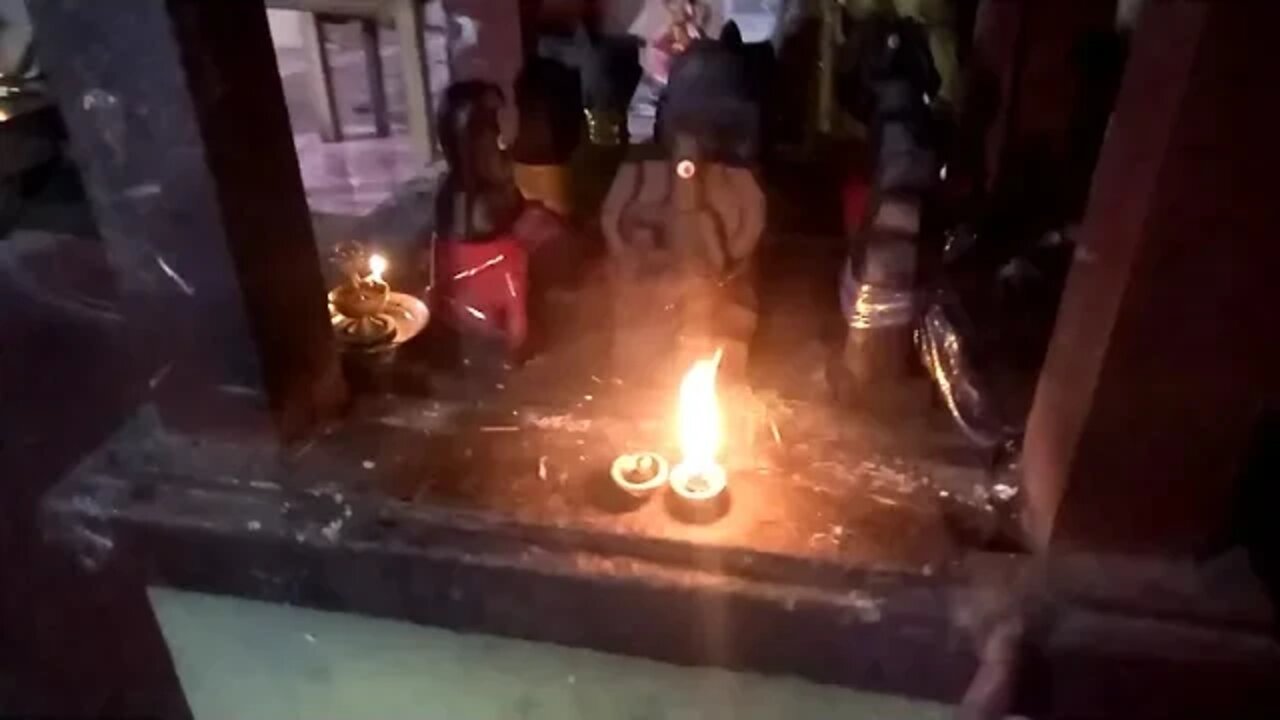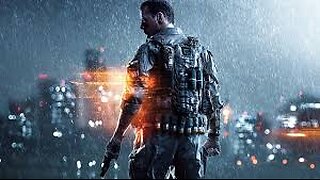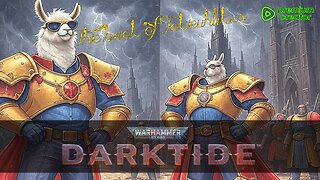Premium Only Content

Going around the nine planets ( Navagraha) at an Hindu Temple
According to Hindu astrology, a person's happiness, success, and overall wealth are all affected by something called the Navagrahas. The favorable and unfavorable, positive and negative influences of each of these nine planets are the product of a variety of circumstances, such as the precise placement of the planets on the birth chart, among other things. Jupiter, the Sun, and the Moon are all examples of sattva-natured planets. Venus and Mercury are considered to be rajas-carrying planets, whereas Mars, Saturn, Rahu, and Ketu are considered to be tamas-carrying planets.
In Vedic astrology, these nine planets are regarded as gods, each having its own unique set of abilities, nature, and characteristics. These powers, nature, and qualities are determined by the benefits or drawbacks that each planet brings to mankind.
When depicted with the other planets, the Sun, also known as Surya, is typically positioned in the middle of the group while looking eastward. All of the other planets are orbiting about him, but they are not facing in any direction that would bring them into contact with one another. He rides a chariot that only has one wheel and is pulled by seven horses, each of which represents one of the seven hues that make up white light as well as one of the seven days of the week. Ravi is an additional name for him.
Moon (Chandra): In the depictions, he is never seen to be a fully developed individual. Only his upper torso is depicted while he rides in a chariot carried by 10 horses. Both of his hands are carrying a lotus in each of them. It is also possible to refer to him as Soma.
Mars, also known as Mangala, is a fierce god who is depicted with two hands wielding weapons and two hands making mudras. The vehicle that he uses is a ram.
Mercury, also known as Buddha, is depicted with four hands and driving a chariot or a lion. He has four hands total, and three of them are holding various weapons (a sword, a shield, and a mace), while the other hand is performing a mudra.
Jupiter, also known as Brihaspathi, is lauded in the Rig Veda for his role as the instructor of the gods. He is depicted riding in a chariot that is being carried by eight horses, each of which represents a different field of knowledge.
Venus, also known as Sukra, is known as the instructor of the Demons. He travels around on a chariot that is driven by eight horses and he has four hands. A staff, a rosary, and a vessel made of gold are held in three of his hands, while the fourth hand is positioned in a mudra.
Sani, also known as Saturn, is a God who is feared by people because his planetary location has the power to build or shatter individuals' fortunes. He is typically depicted with four hands while astride either a chariot, a buffalo, or even a vulture. He has three hands, and in two of them, he is holding a bow, a javelin, and an arrow, while the hand he is not using is performing a mudra.
He has some similarities in appearance to the god Budha (Mercury), yet the two deities are fundamentally different. In the original story, Budha is depicted as riding a white lion, while here he is seen riding a black lion. However, exactly like Budha, he wields each and every one of the same weapons.
Ketu: In Sanskrit, Ketu means a comet. It is stated that he possesses the tail of a serpent somewhere within his body, and his personality is considered to be extremely similar to that of a comet. In some of the images, he is depicted wielding a mace while also sitting atop a vulture.
-
 11:30:43
11:30:43
ZWOGs
12 hours ago🔴LIVE IN 1440p! - Tarkov w/ Casey & crgoodw1n, Kingdom Come Deliverance, & More - Come Hang Out!
26.4K5 -
 2:30:56
2:30:56
We Like Shooting
16 hours ago $1.77 earnedWe Like Shooting 625 (Gun Podcast)
19.9K1 -
 1:45:02
1:45:02
Glenn Greenwald
7 hours agoIsrael Slaughters More Journalists, Hiding War Crimes; Trump's Unconstitutional Flag Burning Ban; Glenn Takes Your Questions | SYSTEM UPDATE #504
125K155 -
 1:29:31
1:29:31
Killerperk
4 hours ago $0.74 earnedRoad to BF6. Come hang out #regiment #bf6
26.2K2 -

Jokeuhl Gaming and Chat
5 hours agoDARKTIDE - Warhammer 40k w/ Nubes Bloobs and AoA
18.4K1 -
 LIVE
LIVE
Cripiechuccles
6 hours ago😁💚💙MOTA MONDAY WITH CRIPIE💚💙 👌SMOKING, GAMING & WATCHING FLICKS!:😁
36 watching -
 36:11
36:11
Stephen Gardner
4 hours ago🔥'Burn ALL TRUMP FLAGS’ says Tim Walz + Democrat CAUGHT rigging own election!
23.1K14 -
 10:10
10:10
robbijan
1 day agoHollywood’s Hidden Messages: Predictive Programming & What’s Next
17.3K18 -
 40:13
40:13
MattMorseTV
6 hours ago $6.60 earned🔴It's EVEN WORSE than we thought...🔴
31.7K81 -

MissesMaam
8 hours agoVariety Games💚✨
18.9K4